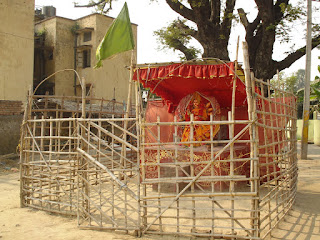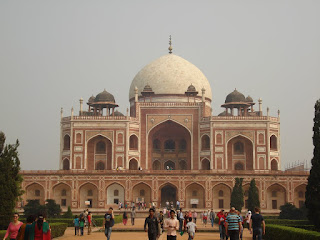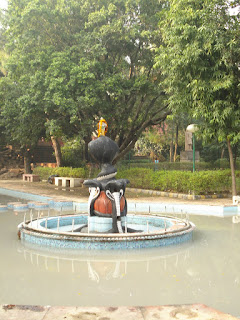




I’m back in the big city and couldn’t be happier!! I love this town and the peace and tranquility afforded me by my 13 million neighbors—who use their horns much more sparingly than their neighbors to the east.
Ok, so it is true that I got out at the wrong exit of New Delhi train station metro stop (and I do mean wrong!), and was blind-sided by a fully laden bicycle going the wrong way on a very busy and scary to cross street. The good news is that traffic actually did come to a halt so that neither of us came to an untoward end. See what I mean? They really do care in Delhi!
In addition to reminding me that I DO need to look in all directions before crossing the street, my experience on the wrong side of the tracks provided me with a vista of the city I would have missed had I had the good sense to follow the crowd into the actual New Delhi train station. But you know me, I almost never follow the crowd. Once again I experienced the absolute kindness and friendliness of the people of Delhi. I am sad to admit that I have spent a great deal of my time in this fair city utterly and hopelessly lost, as well as unable to find a way to cross the six lane highways that regularly traverse this town. Even on the wrong side of the tracks, or rather my more usual experience, especially on the wrong side of the tracks, people find a way to communicate to me in the mix of Hindi and English that I too am picking up and set me on my merry way—almost always in the right direction.
Why do I love Delhi? Let me count the ways with some pictures of a brief journey that took me through the stone cutters quarters to the spice markets, the vegetable markets and beyond.













































